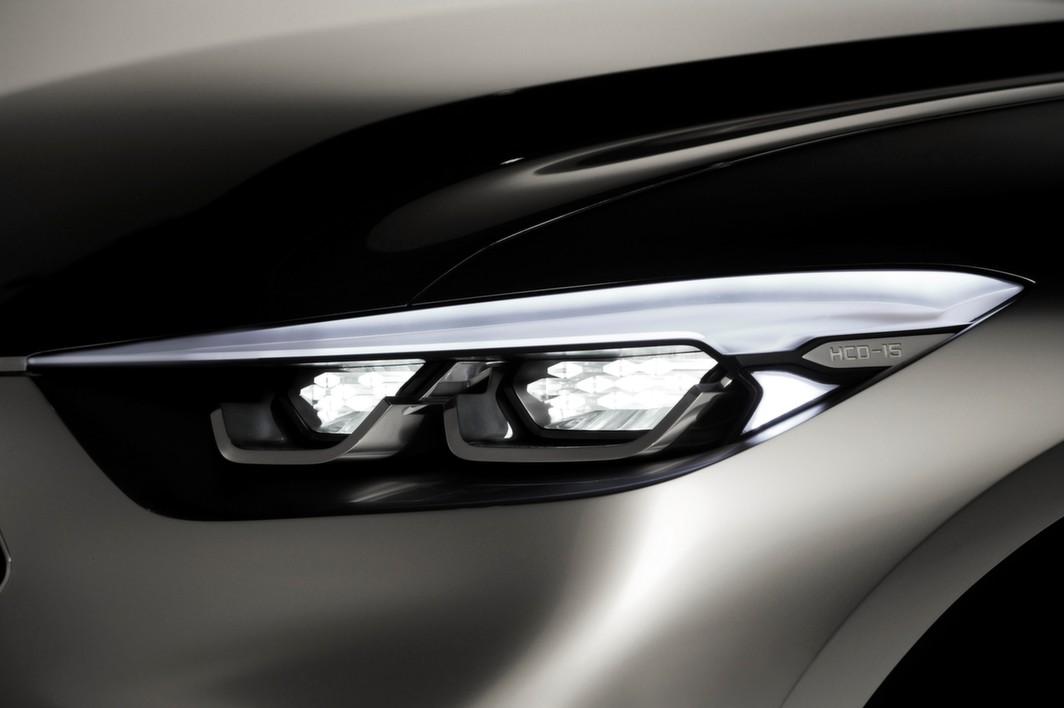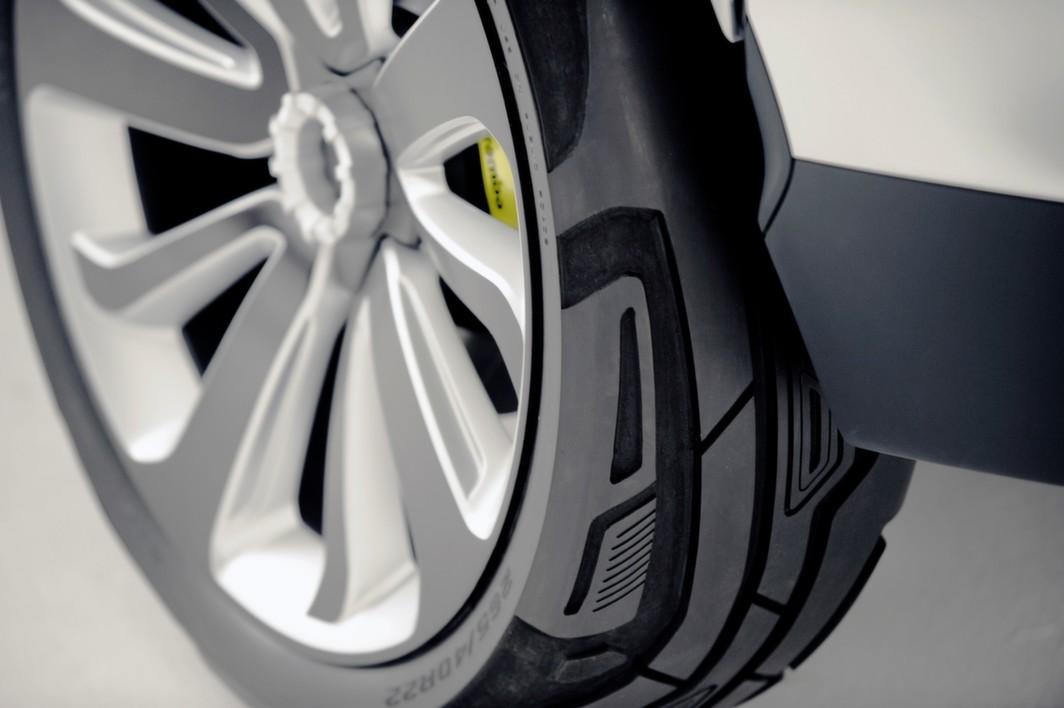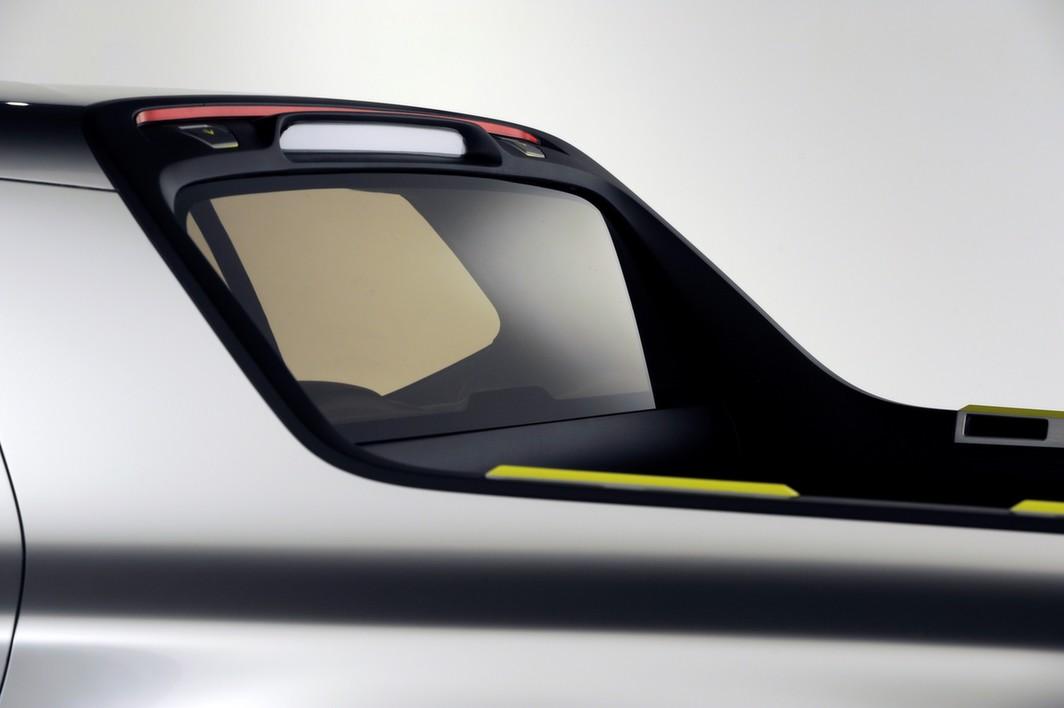As the car industry continues to mature and evolve, the lines will become increasingly blurry.
There was once a time where you chose between a car, truck, or SUV, and it was as simple as that. Now, there are Sports Activity Coupes, Sports Activity Vehicles, and crossovers aplenty, a name that can be applied to just about anything.
At the 2015 Detroit Auto Show, Hyundai revealed the Santa Cruz crossover truck concept, a vehicle that the company is calling “convention-shattering.”
Of course, the Korean automaker could be playing off the buzzing excitement within the walls of Detroit’s COBO Center, but more likely the Santa Cruz was meant to challenge the way younger generations move about.
The concept is half-truck, half-CUV, with the high points of both and seating for five. There’s room in the extendable bed for whatever the “urban adventurer” may come across, but with the city-friendly footprint of a small crossover.
Practicalty aside, the Santa Cruz is not a Ford F-150. During the vehicle’s global premier, Hyundai’s Director of Corporate Planning Mark Dipko said, “max payload, towing, and ground clearance aren’t the point, at all.”
What is the point, then? Well, like all CUVs, the Santa Cruz is designed to simultaneously appeal to different customer bases in pursuit of a greater market share. Part of that strategy is word of mouth and media presence, which brings us to the styling.
The crossover is bold, with huge wheels, an LED-laden front end, and an aggressive, Honda Ridgeline-esque side profile. It makes an aesthetic statement right off the bat, one that will get people talking in both positive and negative ways. It will get people talking though, and that’s half the battle right there.
Codenamed HCD15, Hyundai’s wild concept equips an “ultra clean” 2.0-liter turbo diesel that delivers 190 horsepower, 300 pound-feet of torque, and a fuel economy rating “in the high 30-mpg range.” The Santa Cruz also fits Hyundai’s ‘HTRAC’ all-wheel drive system.
“The Santa Cruz crossover truck concept meets the unspoken needs of a growing Millennial lifestyle we call ‘Urban Adventurers’,” continued Dipko. “This new crossover allows them all the expandable utility they need throughout their active week, from work-life professionalism, to social interests, to a whole variety of outdoor pursuits, without the typical compromises they have come to expect from the industry’s current product offerings.”
Stay tuned for more details about the Santa Cruz crossover concept and our continuing coverage of the 2015 Detroit Auto Show.
Editors' Recommendations
- 2022 Hyundai Santa Cruz first drive: Finally, something new
- Lexus unveils its first electric car, but it’s unlikely to be sold in the U.S.
- Hyundai shocks us with its mid-engined RM19 sports car concept
- Volkswagen aims for value with its updated 2020 Passat sedan
- The 2020 Hyundai Sonata turbo shows value and performance can go hand in hand





